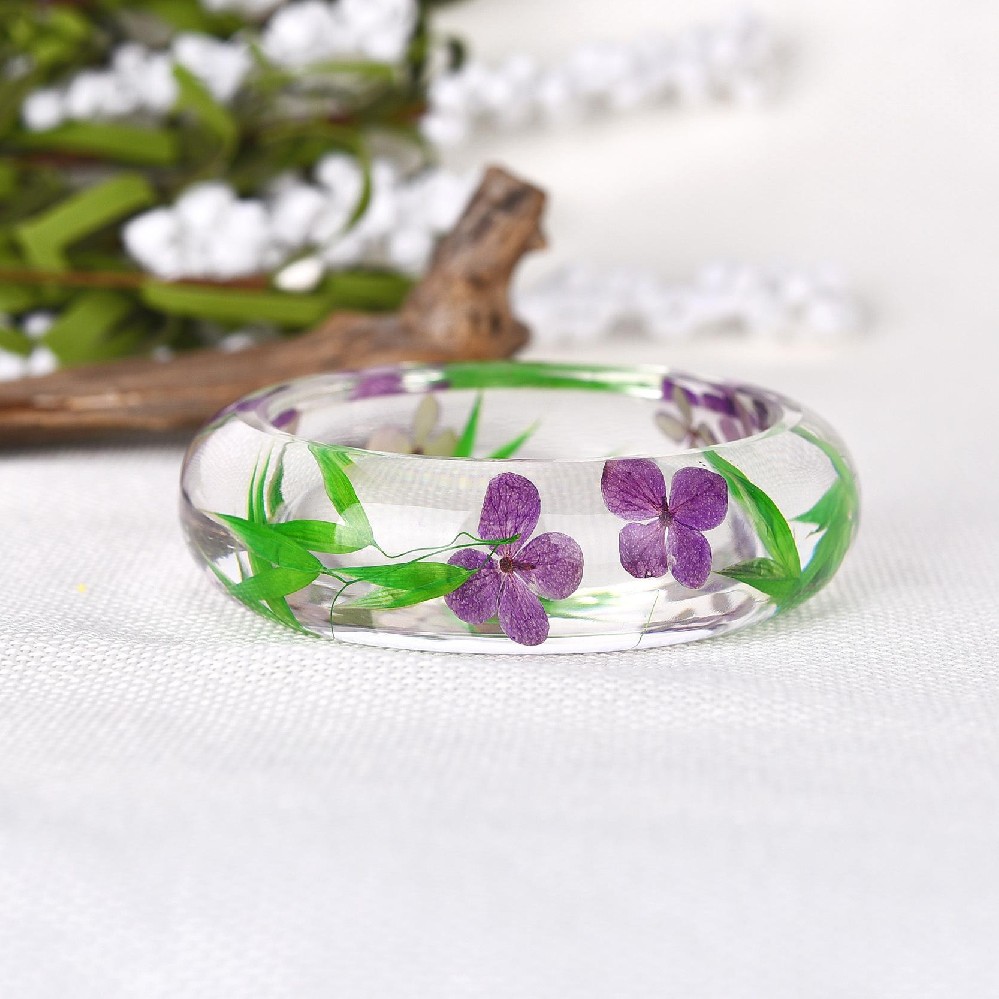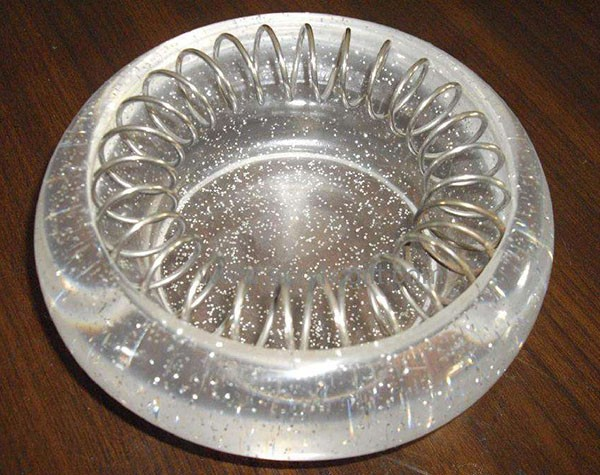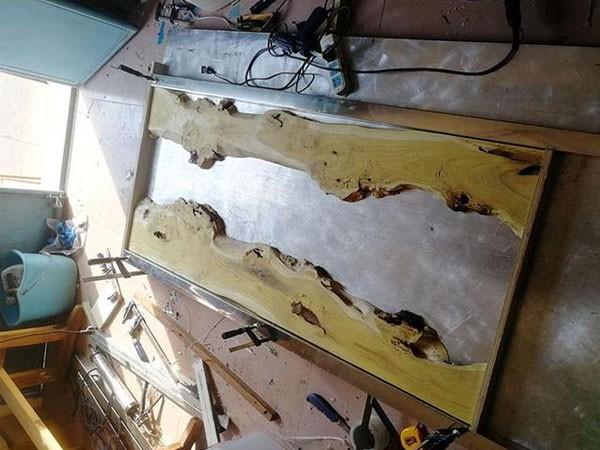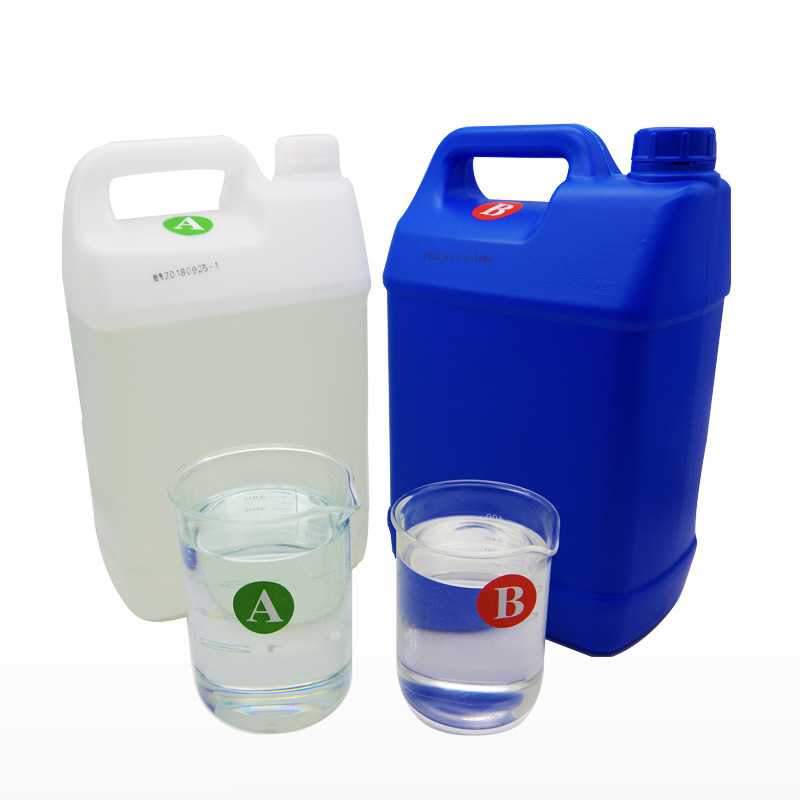

How to Speed Up Crystal Resin Curing in Winter & Essential Precautions
I. Winter Curing Methods for Crystal Resin
1. DIY Solution for Small Projects
- Hot Water Bath Method: Soak Part A resin in warm water (40-50°C) for 5-10 minutes to reduce viscosity and accelerate bubble release. Adjust time based on ambient temperature. Ideal for hobbyists or small-scale crafts.
2. Industrial Solution for Mass Production
- Forced Air Heating: Use industrial heaters or convection ovens set to 40-50°C to maintain a consistent working environment. This method ensures uniform curing across large batches while minimizing air bubbles.
II. Critical Precautions for Winter Use
1. Avoid Direct Heat Sources
- No Hair Dryers: Direct hot air (e.g., from hair dryers) creates uneven curing, causing surface cracks, ripples, or cloudiness.
- No Open Flames: Never use lighters or torches. Soot contamination will permanently damage the resin’s clarity.
2. Do Not Overadjust Mix Ratios
- Stick to Manufacturer Guidelines: Deviating from the recommended A:B ratio (e.g., 2:1 by volume) may lead to:
- Under-Curing: Soft, sticky surfaces that attract dust.
- Over-Curing: Brittle resin prone to cracking or delamination.
- Exothermic Reaction: Overheating can warp substrates or cause premature curing.
3. Environmental Control
- Preheat Substrates: Warm molds or objects to room temperature before pouring to prevent thermal shock.
- Humidity Management: Use dehumidifiers in high-humidity environments to avoid moisture-related defects (e.g., cloudiness).
III. Optimal Curing Conditions
| Condition | DIY Projects | Industrial Production |
|---|---|---|
| Working Temperature | 20-25°C (68-77°F) | 25-30°C (77-86°F) |
| Relative Humidity | <60% | <50% |
| Curing Time (Typical) | 24-48 hours | 12-24 hours (with heat) |
Pro Tip: Use a digital thermometer to monitor resin temperature during mixing.
IV. Troubleshooting Common Issues
| Problem | Cause | Solution |
|---|---|---|
| Slow curing | Low ambient temperature | Increase workspace temp to 25°C |
| Surface tackiness | Incorrect mix ratio | Retest with precise measurements |
| Bubbles | Insufficient degassing | Use vacuum chamber or extend warm-up time |
| Yellowing | UV exposure | Store cured items in dark environments |
Tags:







